'Over the Air' Technical Primer
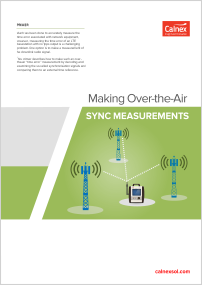
This technical primer describes how to make an "over the air" measurement by decoding and examining the so-called synchronization signals and comparing them to an external time reference.

This technical primer describes how to make an "over the air" measurement by decoding and examining the so-called synchronization signals and comparing them to an external time reference.
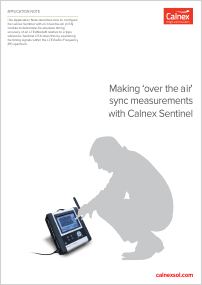
This Application Note describes how to configure the Calnex Sentinel with an Over-the-Air (OTA) module to determine the absolute timing accuracy of an LTE eNodeB relative to a 1pps reference.
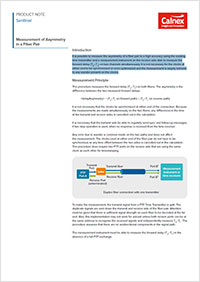
This product note describes how it is possible to measure the asymmetry of a fiber pair to a high accuracy using the existing time transmitter and the Calnex Sentinel on the receive side, able to measure the forward delay (T2–T1) on two channels simultaneously.

This document provides test procedures to ensure high quality phase/frequency for TDD-LTE/LTE-A networks running PTP protocol for timing synchronization. In the event of non-compliance, possible causes of failure, impact on the network, and suggested remedial actions are included to help field engineers understand and troubleshoot network issues more efficiently.
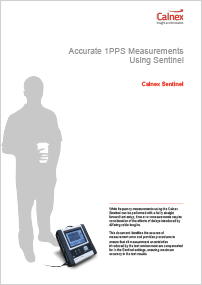
This document identifies the sources of measurement error and provides procedures to ensure that all measurement uncertainties introduced by the test environment are compensated for in the Sentinel settings, ensuring maximum accuracy in the test results.

This critical requirement in today's networks is explored by considering six key questions. Topics covered include basestations, small cells, home cells, time and frequency synchronization, LTE and advanced LTE networks.
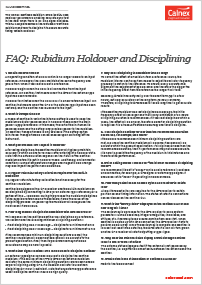
The Calnex Sentinel’s Rubidium offers best-in-class holdover performance enabling accurate sync test in the field when there is no GPS signal available. This FAQ explains some of the features of Sentinel’s Rubidium and how to discipline it to ensure accurate timing while in holdover.
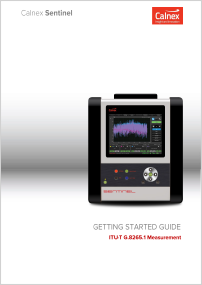
This setup guide shows you how to configure the Calnex Sentinel to make a G.8265.1 measurement to test for conformance to standards. The measurement results can be loaded to the Calnex Analysis Tool for more in-depth analysis and to generate a report.
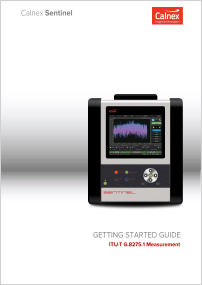
This setup guide shows you how to configure the Calnex Sentinel to make a G.8275.1 measurement to test for conformance to standards. The measurement results can be loaded to the Calnex Analysis Tool for more in-depth analysis and to generate a report.
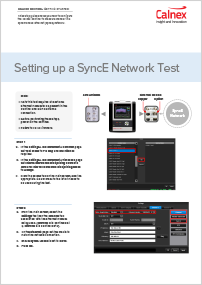
This setup guide shows you how to configure the Calnex Sentinel to measure wander in a Synchronous Ethernet (SyncE) network.
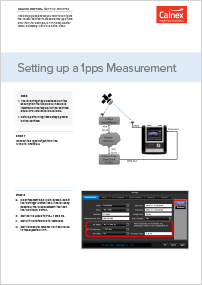
This setup guide shows you how to configure the Calnex Sentinel to measure the 1pps Time Error from, for example, a PTP (1588) Master Clock, Boundary Clock or a Slave Clock.

This setup guide shows you how to configure the Calnex Sentinel to measure PTP 2 Way Time Error in monitor mode using an external Ethernet TAP or optical splitter.
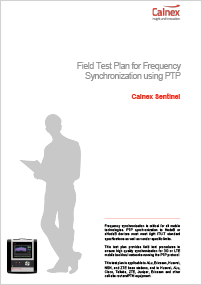
Frequency synchronization is critical for all mobile technologies. PTP synchronization to NodeB or eNodeB devices must meet tight ITU-T standard specifications as well as vendor specific limits. This test plan provides field test procedures to ensure high quality synchronization for 3G or LTE mobile backhaul networks running the PTP protocol.
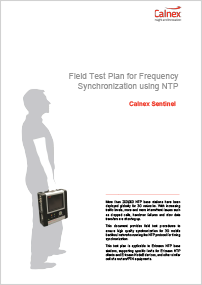
With increasing traffic levels, more and more intermittent issues such as dropped calls, handover failures and slow data transfers are showing up. This document provides field test procedures to ensure high quality synchronization for 3G mobile backhaul networks running the NTP protocol for timing synchronization.
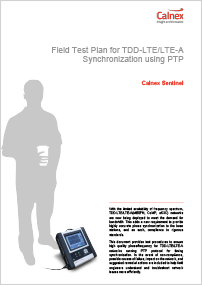
This document provides test procedures to ensure high quality phase/frequency for TDD-LTE/LTE-A networks running PTP protocol for timing synchronization. In the event of non-compliance, possible causes of failure, impact on the network, and suggested remedial actions are included to help field engineers understand and troubleshoot network issues more efficiently.